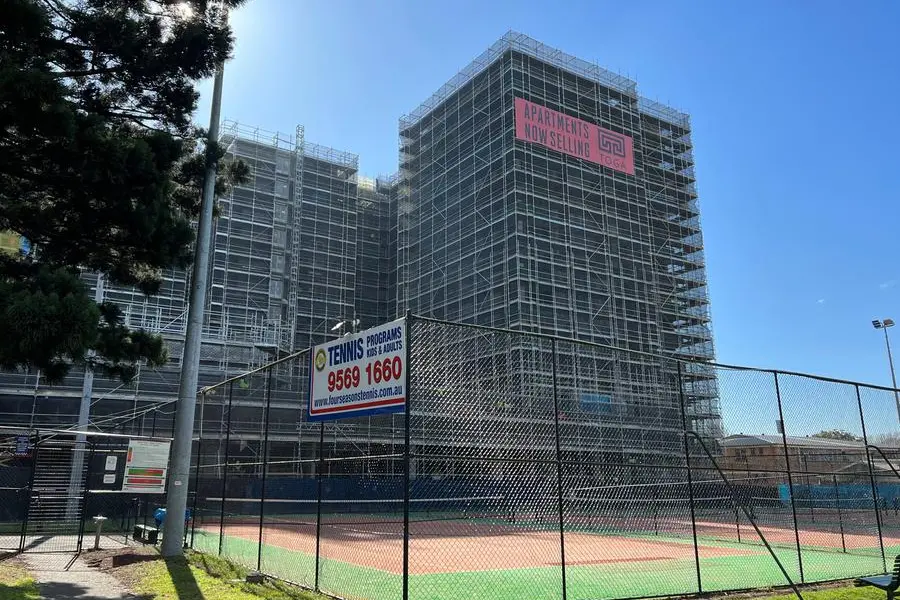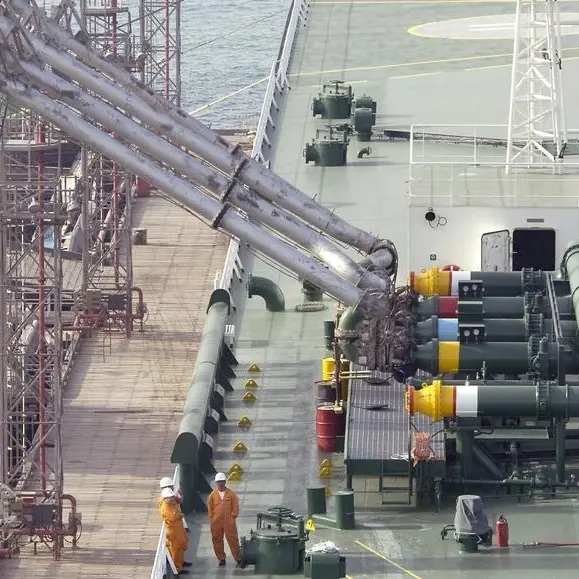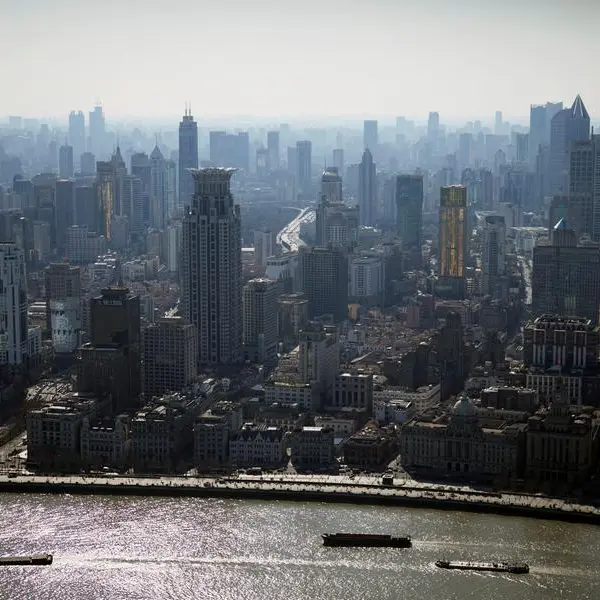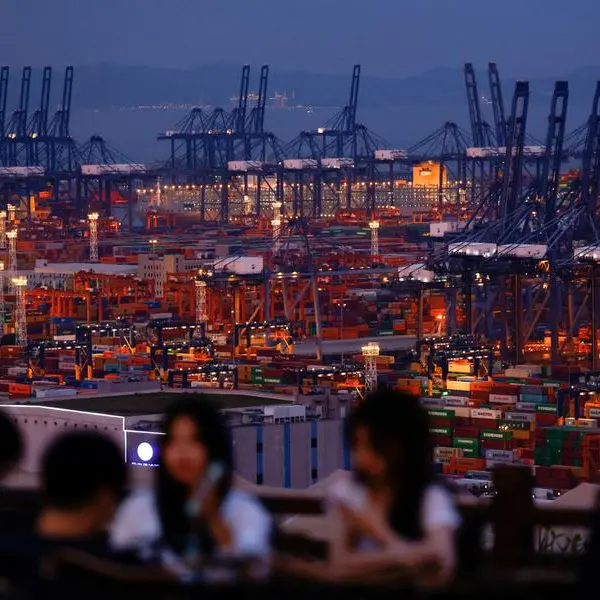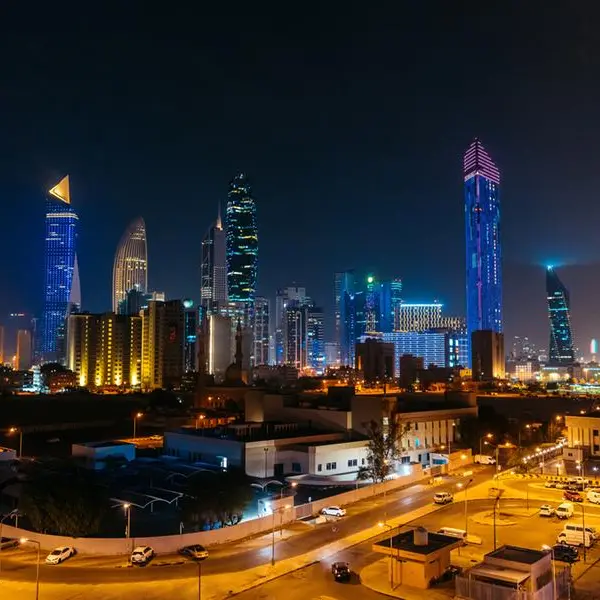PHOTO
Sharath Mahendran, a 21-year-old student in Sydney, sees little hope he could ever afford a home like his parents did in the 1990s - a free-standing house on a quarter-acre (1,000 square metre) block - in today's Australia.
"Now someone like me would need a lot of help from my parents and then it would still take more than 10 years to save from a decent job. And even with those savings, I probably wouldn't be able to live where I want to live. I'd live really far out."
Mahendran has joined the Sydney YIMBY (Yes In My Backyard) group, a fledgling grassroots movement seeking higher density housing in opposition to those branded NIMBYs (Not In My Backyard) that fight new and large developments, particularly in gentrified inner-city areas.
For a continent as large and sparsely populated as Australia, it is almost counter-intuitive there could be a housing shortage. But decades of low-density suburban sprawl have stretched the capacity of the country's cities, with Sydney swelling by almost a third to 5.3 million in the past 20 years.
Now, with the construction industry struggling amid elevated costs and decade-high interest rates - and migration surging after borders reopened - housing affordability has become a thorny political issue that could even spark an early election.
While the YIMBY movement is in its infancy in Australia, it marks a shift in community attitudes towards development as affordability worsens and a push for shorter commutes and better facilities become features of post-pandemic urban living.
"We don't care so much about the big backyard, the big car. I think a lot of younger Australians like myself are happy with a good location next to a train station, even if that means living in an apartment," said Mahendran.
Indeed, an August report by the New South Wales Productivity Commission showed building up in existing areas - closer to Sydney's central business district - would save up to A$75,000 ($49,000) in infrastructure-related costs per home.
"The future is up by way of density," said Liz Allen, a researcher at Australian National University in Canberra. "If we look to international cities, this is the way they've gone - grown up and built up to increase environmental sustainability, but also to reduce the geographic footprint."
SMALL VICTORIES
Justin Simon, the founder of Sydney YIMBY which launched in July, has been organising members to submit proposals and attend council meetings to advocate for new developments, offering an alternate voice to councils more often inundated with opposition from local homeowners.
The movement has shown signs of winning over at least some existing homeowners, with about 40% of Sydney YIMBYs more than 100 members already owning a home.
"There are a lot of homeowners who believe in the movement, not necessarily out of self-interest because they've got kids, but also because they see the benefits to sustainability and liveability of having denser communities where you can actually walk to places," Simon said.
The activists have enjoyed some small wins, such as blocking efforts to add 15 electricity sub-stations to a heritage protection list, and delaying plans to place about 1,400 homes in heritage conservation areas that limit newer, denser housing projects.
The detrimental effects of planning and zoning regulations on housing affordability were singled out by the outgoing central bank governor Philip Lowe, who has called for all levels of governments to help solve the current housing crunch.
"Doing that will be to the benefit of the society as a whole, not to the benefit of some particular landowners at the moment," Lowe told a parliamentary committee in August.
Political winds seem to be blowing in the favour of these activists. Greater Canberra, the YIMBY group in Canberra, has received support from both Labor and Greens for its push to lift density across the Australian Capital Territory.
Prime Minister Anthony Albanese has pledged to build 1.2 million homes nationwide over the next five years, with a promise of A$3 billion in federal incentives for states and territories that exceed their share of the target.
The Senate has not passed a government bill to fund more affordable housing, and if it rejects the bill it could give Albanese the trigger for an early election.
A poll by Redbridge in May found a growing appetite among Australian voters towards higher density, with 40% of people surveyed in the state of Victoria approving taller buildings. That increased to 55% for people under the age of 39.
Simon Welsh, a director at Redbridge, said political parties are waking up to the fact that the younger cohort, with many renting, is now electorally dominant in some inner city suburbs.
"I think politically they're not going to have any choice but to respond to the needs of these voters because they're the ones that are going to be deciding the elections going forward." ($1 = 1.5432 Australian dollars)
(Reporting by Stella Qiu; Editing by Lincoln Feast.)
